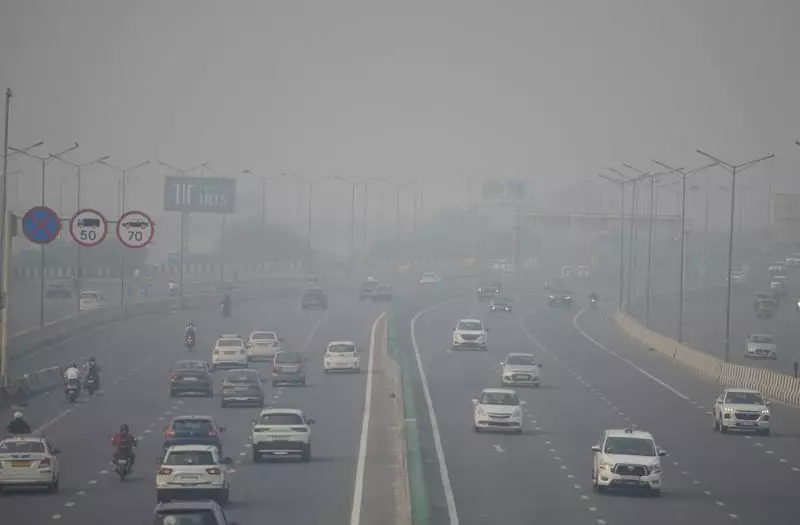
Have you ever checked the air quality on your phone, only to find completely different numbers on another app or website? You're not alone. The variation in air quality readings across different monitoring systems has left many Indians scratching their heads.
The Great Indian Air Quality Mystery
India's air quality monitoring landscape features multiple systems that sometimes tell conflicting stories. The Central Pollution Control Board (CPCB), System of Air Quality and Weather Forecasting and Research (SAFAR), and various international platforms like IQAir often display different AQI values for the same location at the same time.
Why So Many Different Numbers?
The discrepancies stem from several key factors:
- Different Monitoring Methods: Some systems use ground-based monitors while others rely on satellite data or a combination of both
- Varied Sensor Locations: Monitors placed near traffic-heavy areas will show higher pollution than those in parks or residential zones
- Diverse Calculation Formulas: Each system uses slightly different algorithms to convert raw pollution data into AQI numbers
- Monitoring Frequency: Real-time monitors vs. averaged data can show significant variations
Which Monitor Should You Trust?
When different systems show conflicting data, experts suggest looking at patterns rather than absolute numbers. Here's how to make sense of the variations:
- Check Multiple Sources: Don't rely on just one app or website
- Look for Trends: Consistent high or low readings across multiple platforms are more reliable than single data points
- Consider Local Factors: Construction, traffic patterns, and weather conditions can dramatically affect local air quality
- Trust Official Indian Sources: CPCB and SAFAR are specifically calibrated for Indian conditions
The Government's Stance
Indian authorities maintain that their monitoring systems—particularly CPCB and SAFAR—are the most accurate for local conditions. They argue that international platforms often don't account for India's unique pollution mix and environmental factors.
What This Means for Your Health
Despite the variations, all monitoring systems agree on one thing: many Indian cities face serious air quality challenges. The exact number might differ, but the overall message remains consistent—air pollution requires attention and action.
The bottom line? While the numbers might vary, the need for cleaner air doesn't. Use multiple sources, understand the limitations of each monitoring system, and take appropriate precautions based on the broader air quality picture rather than getting hung up on specific numbers.





